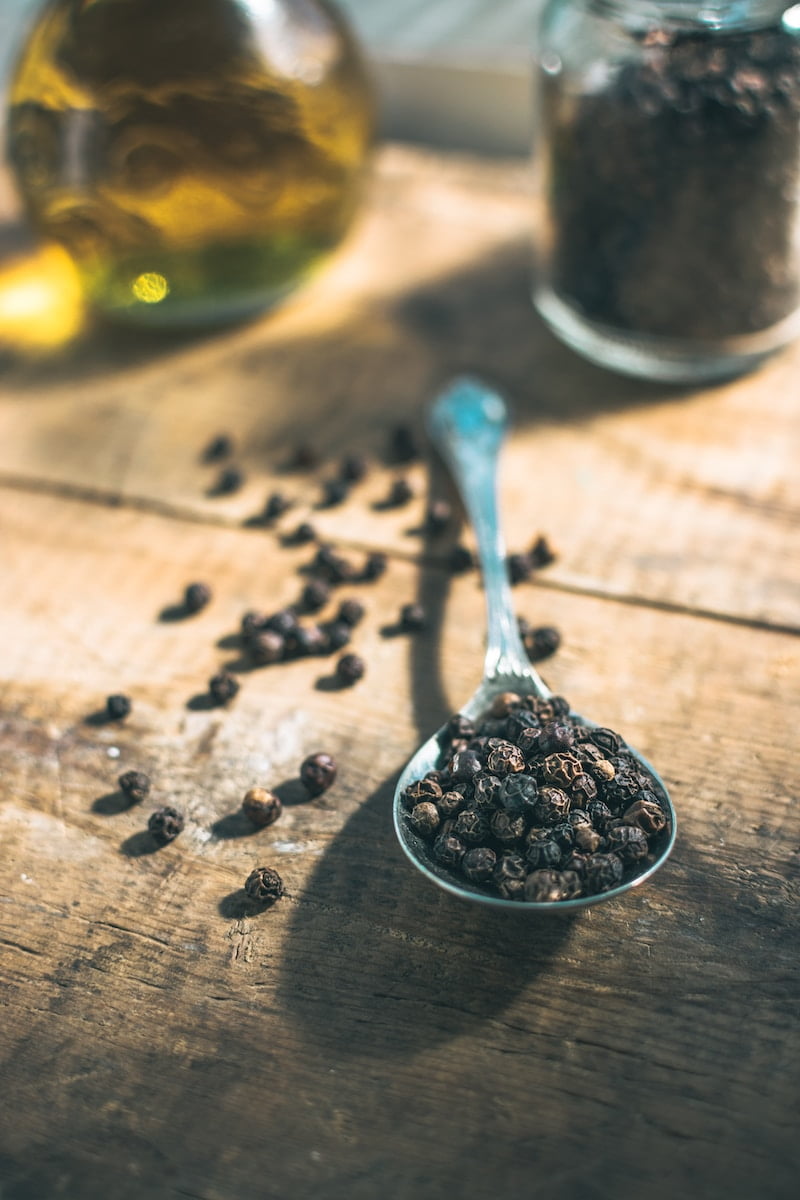
Chapter 1: Introduction
Reed diffusers have become a popular home fragrance option, offering a convenient and long-lasting way to scent a space. However, amidst their popularity, several myths and misconceptions have emerged regarding their effectiveness, safety, and overall impact. This paper aims to debunk one prevalent myth surrounding reed diffusers and provide evidence-based information to help consumers make informed decisions about their use.
Image: Reed diffuser
Chapter 2: The Myth Unveiled
2.1 Myth: Reed Diffusers Emit Harmful Chemicals
One common myth surrounding reed diffusers is that they release harmful chemicals into the air, posing a risk to human health. This misconception likely stems from a lack of understanding about the ingredients used in reed diffuser formulations. While it is true that some fragrance products may contain synthetic chemicals, reputable manufacturers adhere to strict safety regulations and use ingredients that have been extensively tested for their safety.
2.2 The Reality: Safe Ingredients in Reed Diffusers
Reputable reed diffuser brands use a combination of essential oils, fragrance oils, and carrier oils to create their scents. Essential oils are derived from natural plant sources and are known for their aromatic and therapeutic properties. Fragrance oils, on the other hand, are synthetic or natural compounds that mimic specific scents. Carrier oils, such as mineral oil or vegetable oil, are used to dilute the fragrance and allow it to travel up the reeds. When used as intended and in well-ventilated areas, reed diffusers pose no significant health risks.
Image: Essential oils
Chapter 3: Evaluating Safety and Efficacy
3.1 Safety Precautions
To ensure the safe use of reed diffusers, it is essential to follow the manufacturer’s instructions. These instructions typically include recommendations for placement, such as keeping the diffuser away from direct sunlight, heat sources, and flammable materials. Additionally, it is advisable to place the diffuser in a well-ventilated area to prevent the buildup of scent concentration.
3.2 Efficacy and Scent Dispersal
Another aspect often questioned is the effectiveness of reed diffusers in scenting a room. Some individuals believe that reed diffusers do not provide a strong enough scent or that the scent dissipates quickly. However, the efficacy of a reed diffuser depends on various factors, including the size of the room, the number of reeds used, and the quality of the diffuser formulation. When properly set up and maintained, reed diffusers can effectively scent a room for an extended period, offering a subtle and consistent fragrance experience.
Image: Scented reeds
Chapter 4: Alternative Options
4.1 Natural Alternatives
For those who prefer a more natural approach to home fragrance, there are alternative options available. Alternatives such as beeswax candles, soy candles, or essential oil diffusers can provide a similar aromatic experience without the use of synthetic fragrance oils. These alternatives can be an excellent choice for individuals who have sensitivities to certain fragrance ingredients or prefer a more eco-friendly option.
4.2 DIY Reed Diffusers
Another alternative is to create your own reed diffuser using essential oils and carrier oils. This allows you to have full control over the ingredients used and customize the scent to your preferences. By using high-quality essential oils and natural carrier oils, you can enjoy the benefits of reed diffusers while ensuring the use of safe and natural ingredients.
Image: DIY reed diffuser
Chapter 5: Conclusion
In conclusion, the myth surrounding reed diffusers emitting harmful chemicals is unfounded when considering reputable brands that adhere to safety regulations. Reed diffusers, when used as intended and in well-ventilated areas, pose no significant health risks. It is essential to read and follow the manufacturer’s instructions for safe use. For individuals seeking natural alternatives, options such as beeswax candles or essential oil diffusers can provide a similar aromatic experience. Ultimately, understanding the facts and debunking myths allows consumers to make informed decisions about incorporating reed diffusers into their homes.
References:
- Allen, C., & Hansen, J. (2019). The Everything Candlemaking Book: Create Homemade Candles in House-Warming Colors, Interesting Shapes, and Appealing Scents. Simon and Schuster.
- Calvert, S., & Lewis, J. (2018). Essential Oils: All-natural remedies and recipes for your mind, body, and home. DK.
- National Candle Association. (2021). Candle Safety. Retrieved from [link]
Bibliography:
Allen, C., & Hansen, J. (2019). The Everything Candlemaking Book: Create Homemade Candles in House-Warming Colors, Interesting Shapes, and Appealing Scents. Simon and Schuster.
Calvert, S., & Lewis, J. (2018). Essential Oils: All-natural remedies and recipes for your mind, body, and home. DK.
National Candle Association. (2021). Candle Safety. Retrieved from [link]














